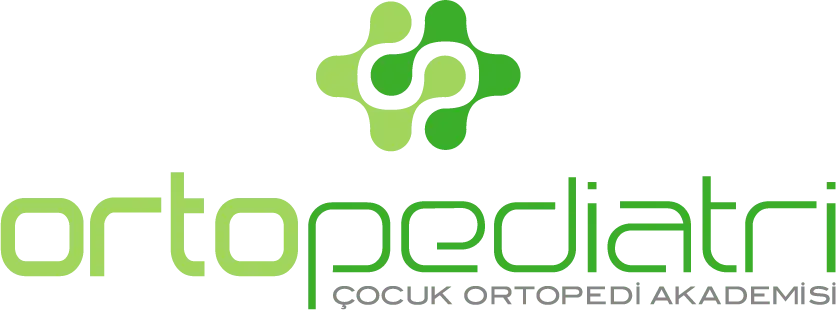In cerebral palsy, subluxation and dislocation of the hip, or hip calcification may be encountered due to the unbalanced activities around the hip joint and both the curvatures in the pelvis and the curvatures in the spine. The worse the functional capacity of the child is, the higher this possibility is.
Incongruence in the hip joint will progress over time if the child is not evaluated and treated by a pediatric orthopedist when the child is young, and is likely to result in dislocations that may cause pain enough to prevent the child from standing, sitting, lying, and doing personal care. In order to avoid such problems, it is important to evaluate children with CP in an early stage and to start the treatment.
During the evaluation of a pediatric orthopedist, the main symptoms of the hip problems in a child with CP are difficulty in opening of the child’s hips towards two sides, or the child being walking with scissoring. X-rays of the hips of these children should be examined both at the first diagnosis and at 6-month intervals during the subsequent follow-ups.While the hips may be opened by the Botox injections or tendon releases in the children with no dislocation or subluxation in the hip joint, when a shift out of the joint at the upper end of the femur in the x-rays, the tendon release operations and/or corrective bone surgeries around the hip joint are needed considering the extent of the shift and the child’s age.

